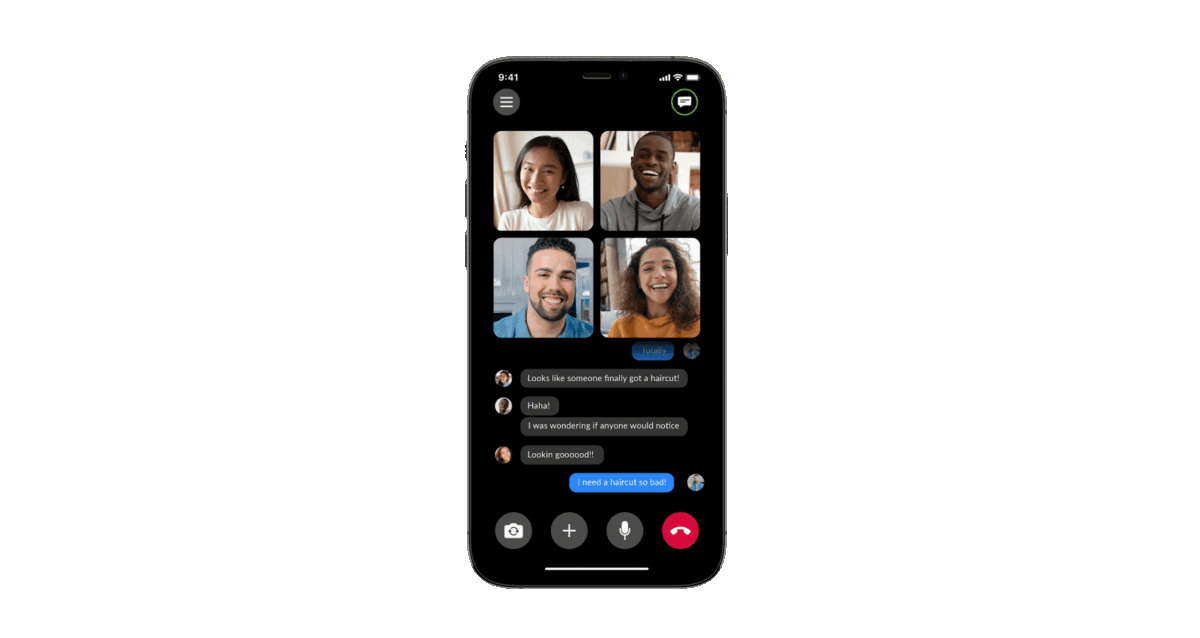Use of this sample app is subject to our Terms of Use.
The Zoom Video SDK for web enables you to build custom video experiences on a webpage with Zoom's core technology through a highly optimized WebAssembly module.
To get started, clone the repo:
$ git clone https://github.com/zoom/videosdk-web-sample.git
-
Once cloned, navigate to the
videosdk-web-sampledirectory:$ cd videosdk-web-sample -
Then install the dependencies:
$ npm install -
Open the directory in your code editor.
-
Open the
src/config/dev.tsfile and enter required session values for the variables:Key Value Description sdkKeyYour Video SDK Key. Required. sdkSecretYour Video SDK Secret. Required. topicRequired, a session name of your choice or the name of the session you are joining. nameRequired, a name for the participant. passwordOptional, a session passcode of your choice or the passcode of the session you are joining. Example:
{ // ... sdkKey: 'YOUR_VIDEO_SDK_KEY', sdkSecret: 'YOUR_VIDEO_SDK_SECRET', topic: 'Cool Cars', name: 'user123', password: 'abc123' // ... }
Reminder to not publish this sample app as is. Replace the Video SDK JWT generator with a backend Video SDK JWT generator to keep your SDK Secret safe.
-
Save
dev.ts. -
Run the app:
$ npm start
-
Navigate to http://localhost:3000 and click one of the feature boxes.
Learn more about rendering multiple video streams.
For the full list of features and event listeners, as well as additional guides, see our Video SDK docs.
Use ZFG(Zoom For Government). You need apply new sdk key for ZFG.
"@zoom/videosdk": "1.11.0-zfg",
zmClient.init('en-US', 'Global');
option2 change dev.conf and use ZFG init option webEndpoint
zmClient.init('en-US', `https://source.zoomgov.com/videosdk/1.11.0/lib`, {
webEndpoint: "www.zoomgov.com",
});
If you're looking for help, try Developer Support or our Developer Forum. Priority support is also available with Premier Developer Support plans.
